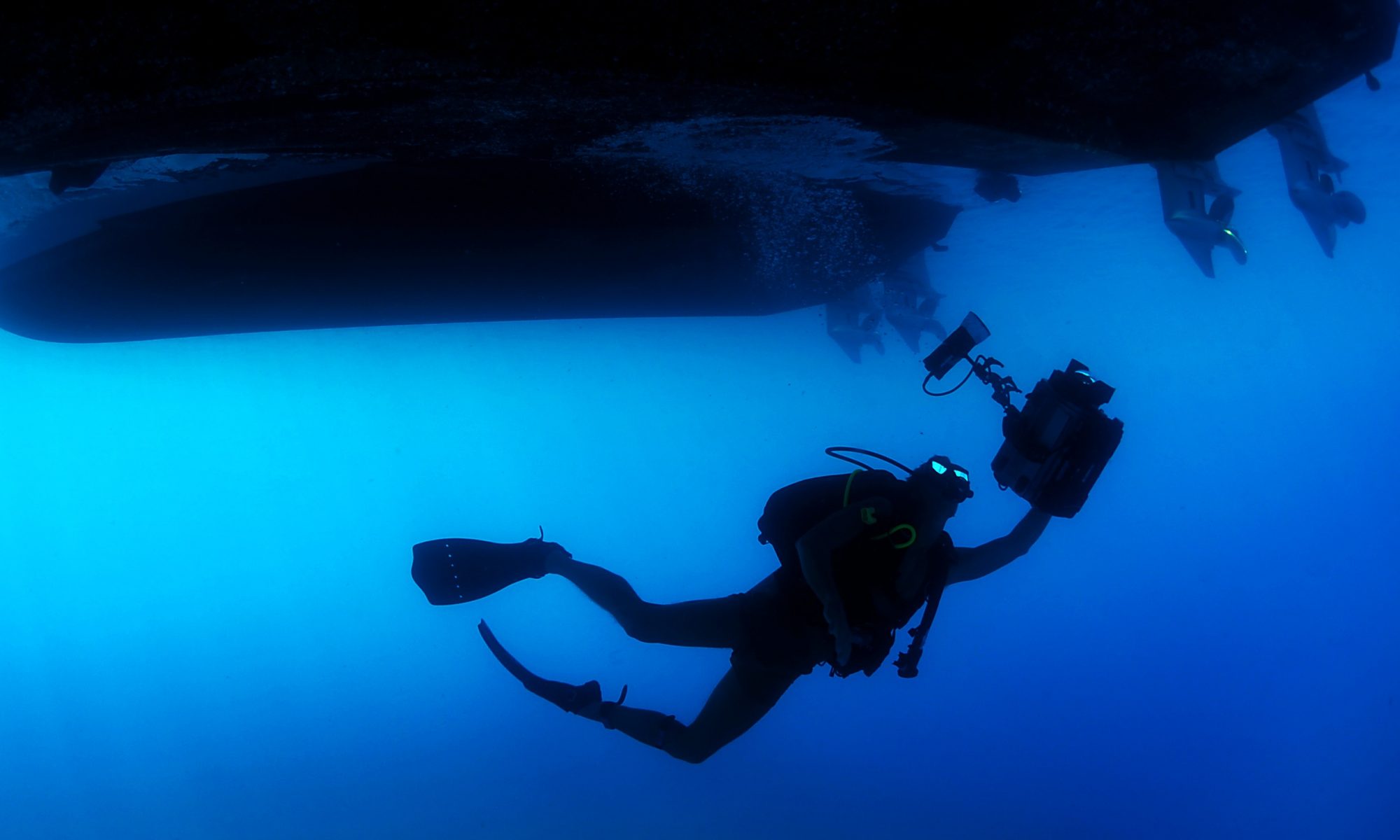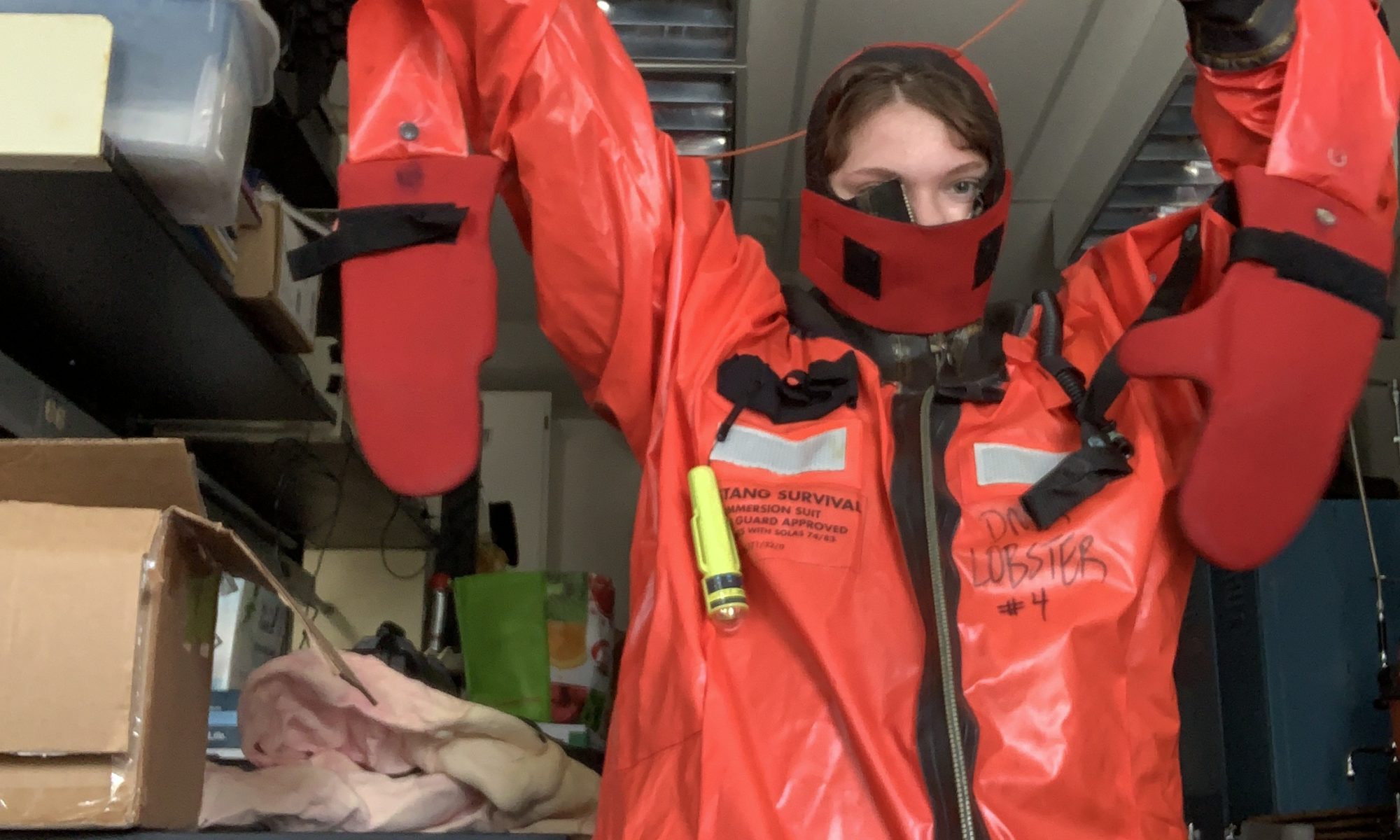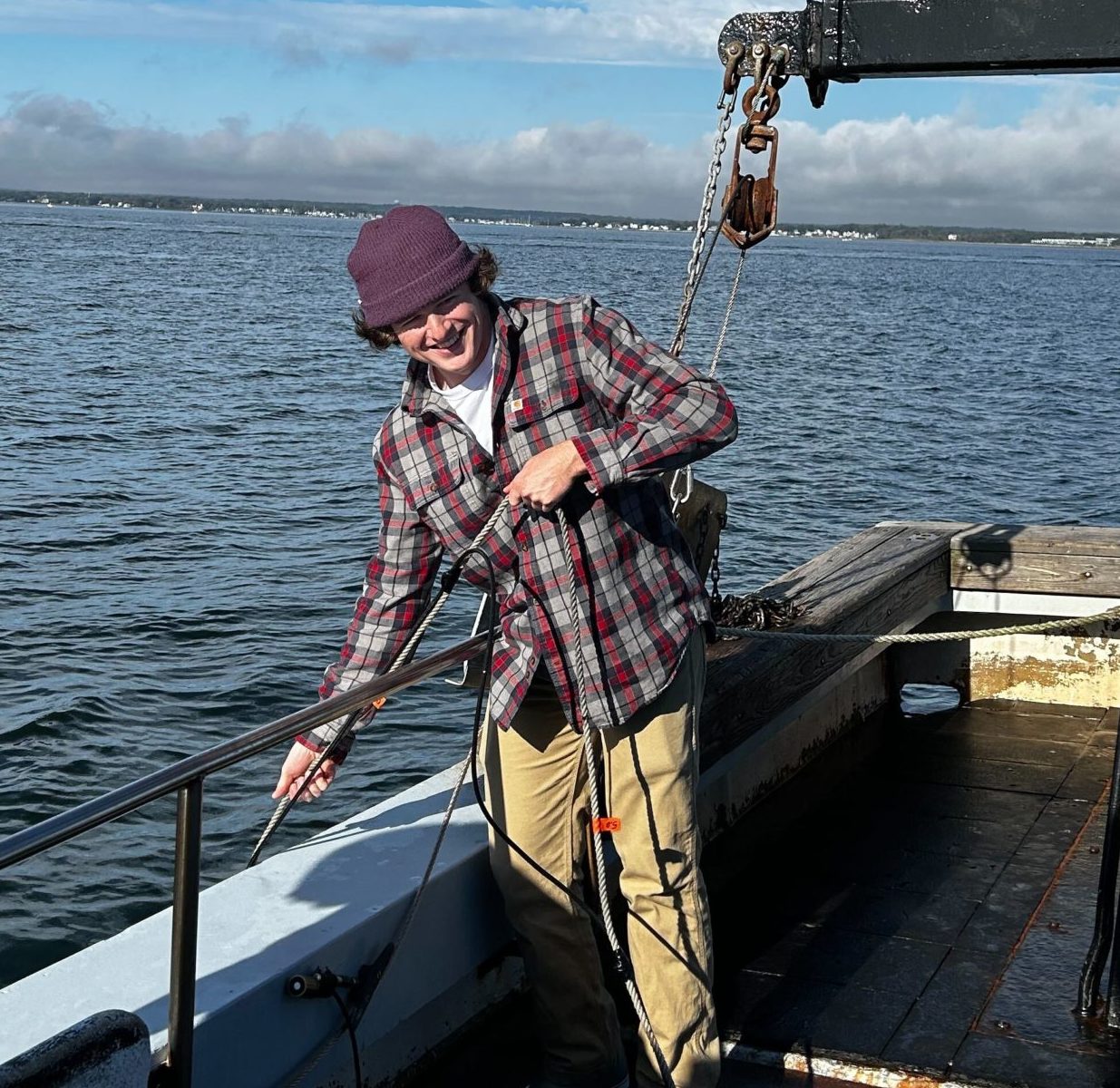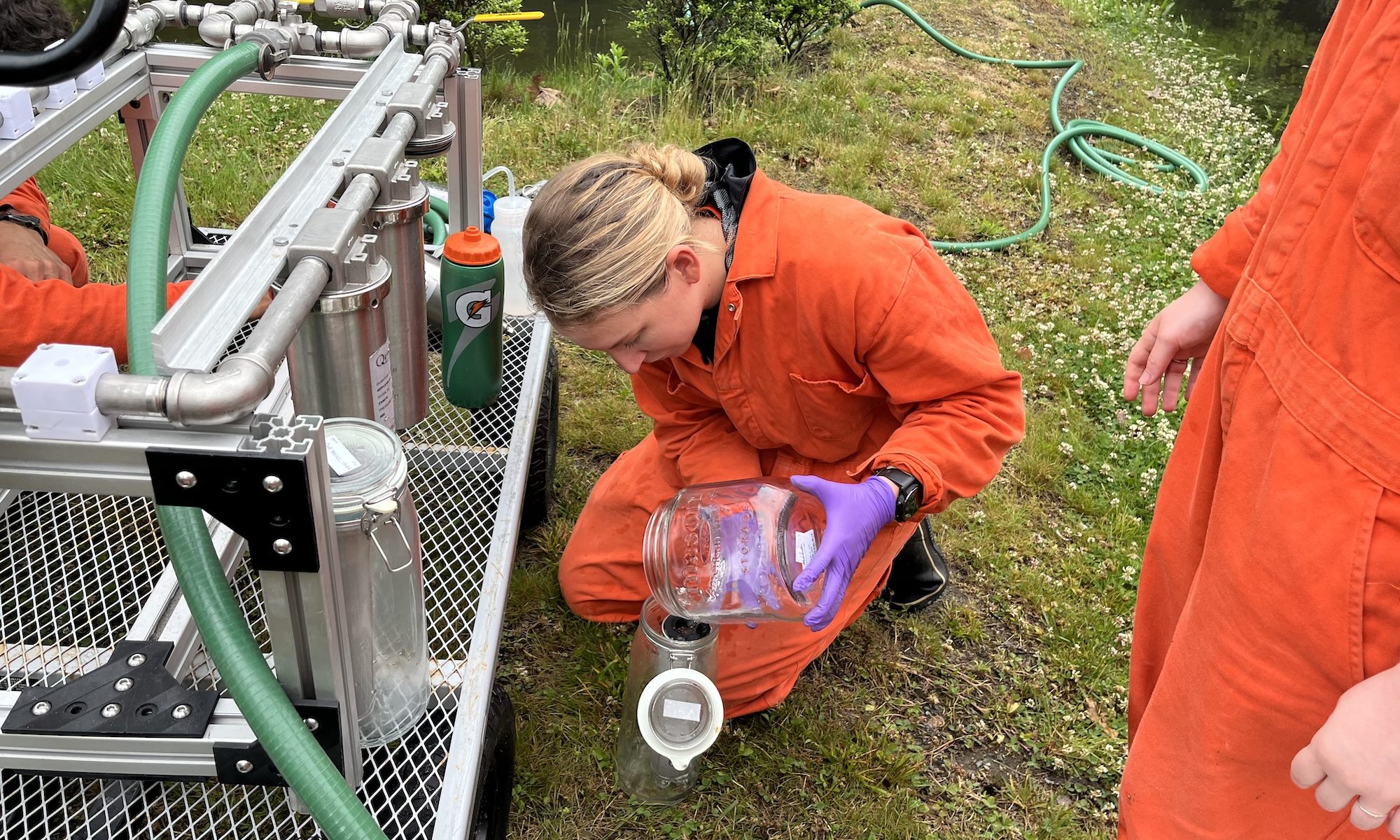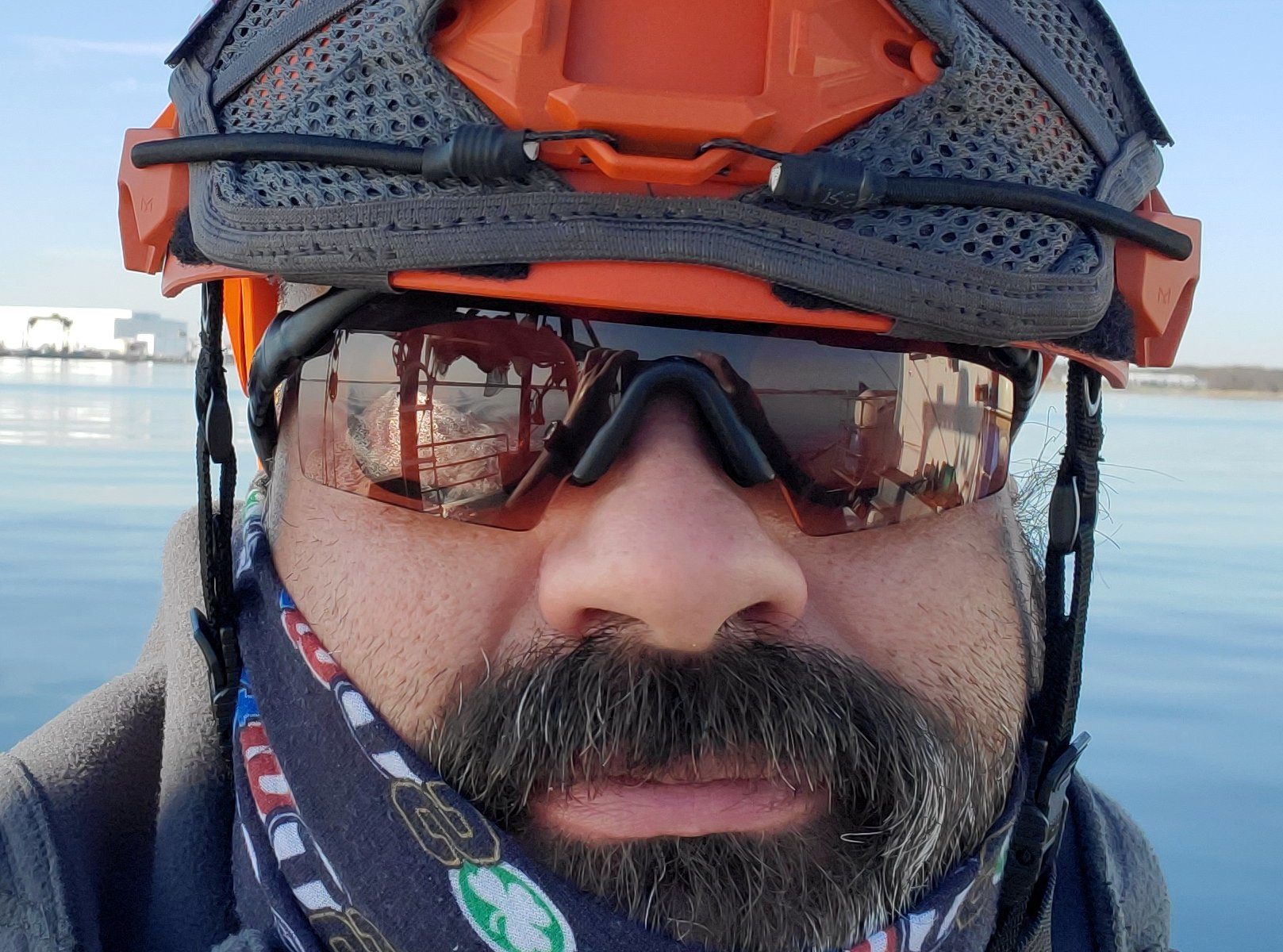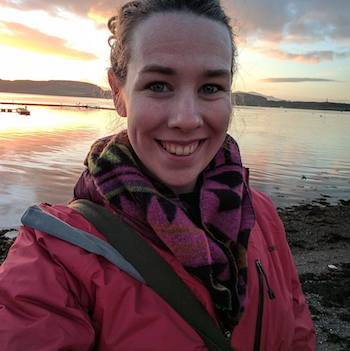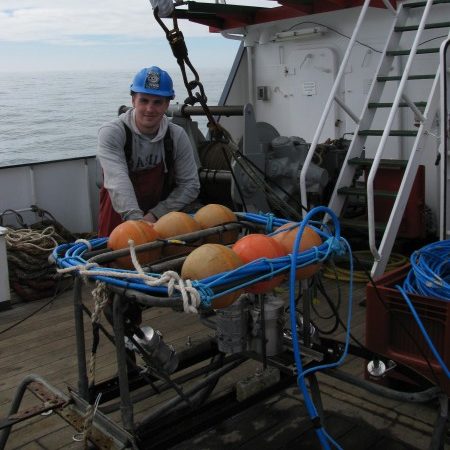I joined the MarEcoTec lab (and am jointly part of the Echinonerd Lab) in 2021 to pursue my doctorate in biological and environmental sciences. I completed my bachelor’s in environmental studies and economics and my master’s in conservation biology before moving to the Ocean State.
Sarah is a graduate student studying microplastics and is funded by NOAA and the USGS.
What made you decide to go into marine science?
The ocean is a life-sustaining resource for humankind, and as the sink for most anthropogenic waste, it is particularly vulnerable to the impacts of pollution. I’m interested in learning more about the sources, movement, and fate of plastic pollution within our planet’s marine areas and helping protect those habitats most at risk. As a former professional science educator, I’m passionate about engaging local communities in hands-on science research and facilitating environmental literacy in coastal areas.
What is the focus of your research/work? What do you think is the most important takeaway from your research?
My research focuses on building robust assessments of microplastics in Narragansett Bay and Rhode Island’s freshwater resources, including conducting extensive field work and managing laboratory processing. My field methods include seasonal manta trawl surveys, pump filter system sampling, and event-responsive grab sampling. In addition, I am undertaking experimental trophic transfer work to better understand the movement of plastics through coastal food webs. I think the most important takeaway from my research is that pollution is very difficult to address once it is in the environment – prevention is the key to sustainability.
What is the coolest thing you’ve done through your work?
I designed and implemented aquarium experimentation using both indoor and outdoor flow-through seawater systems. Through this work I learned new skills I never had the opportunity to develop before, including plumbing, electrical work, and carpentry.
What is one fun fact about you?
I won a betta fish at a carnival in 2nd grade and it lived for 8 years. R.I.P. Sushi – gone but never forgotten.
If you could have any superpower, what would it be and why?
To make a parking space appear on campus whenever I want.
